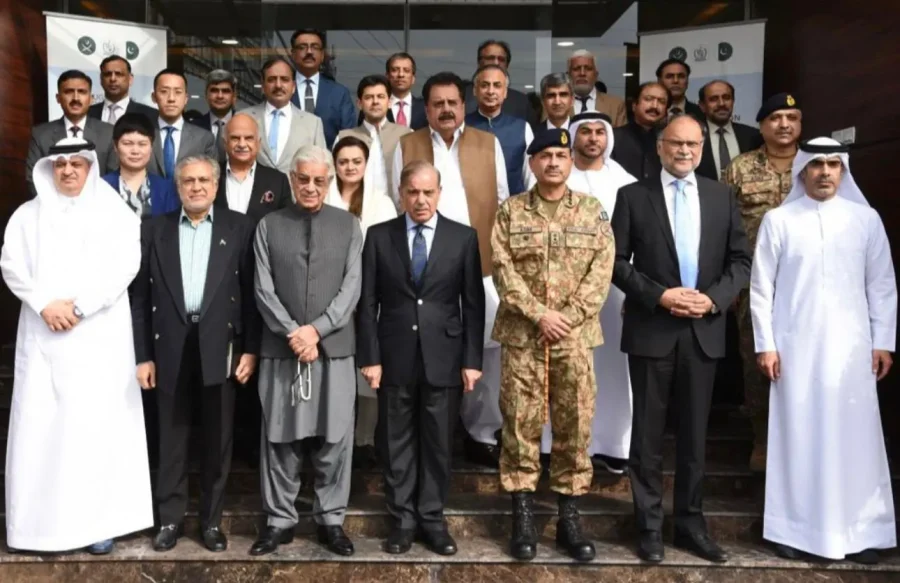The country’s civil and military leaders on Friday inaugurated the Land Information and Management System – Centre of Excellence (LIMS-COE) to addressing the pressing issues of food insecurity, malnutrition, and soaring import costs in the agriculture sector.
The inauguration of groundbreaking solution of Prime Minister Shehbaz Sharif and Chief of Army Staff (COAS) General Asim Munir, aims to transform unproductive acres, ensure food security, boost agricultural exports, and lighten the load on the national economy.
Besides the Prime Minister, the COAS, ministers of finance, defence, planning and information chief secretaries of the provincial governments, agricultural experts, senior army officials and several other key officials of the other countries were also present on the occasion.
“Establishment of LIMS is the first exceptional initiative, aimed at enhancing food security and improving agri exports thus reducing import burden on the national exchequer,” read the official statement issued by the PM Office, adding that the initiative would help transform millions of acres of uncultivated or low yield land within the country.
“This state-of-the-art system will help optimise the agricultural production through innovative technologies and sustainable precision agricultural practices based on the agroecological potential of land,” the statement added, saying the system would ensure the well-being of rural communities and the preservation of the environment.
According to the World Food Programme, 36.9 per cent of Pakistanis are food insecure and 18.3 per cent of these are facing severe food crisis.
Cognisant of the prevailing food insecurity, the statement continued, mass malnutrition and widening import
bill of agri-related products vis-à-vis projected population growth and future domestic food needs, “the national political, economic and military leadership has decided to undertake the decisive and meaningful steps to address this critical issue.”
The GIS-based LIMS will greatly improve the national agri yield by systemising digitisation of agriculture, it said, providing real-time information to local farmers about soil, crops, weather, water resource and pest monitoring through remote sensing and geospatial technologies as well as minimising the role of middlemen through efficient marketing system.










